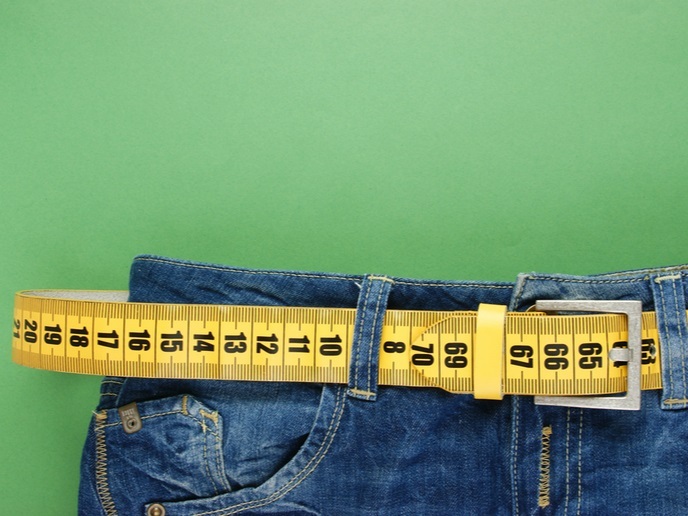Smartphone app counts carbs from meal images
The increasing prevalence of diabetes in modern societies calls for an effective intervention to alleviate the symptoms of the disease and improve the quality of life for sufferers. Treating diabetes involves accurate carbohydrate counting which however, is not an easy task. A Marie Curie Industry-Academia Partnerships and Pathways project GOCARB(opens in new window) (Type 1 diabetes self-management and carbohydrate counting: a computer vision based approach) has addressed the needs of diabetics through the design of an automated system for counting carbohydrates. The system would need to have an error margin of less than 20 grams and minimum user interactions. The concept is based on the idea of taking two photographs of a plate of food with a mobile phone. Then, with the aid of appropriate software, the different food items on the plate are segmented, recognised and reconstructed. Using a reference object, the volume of each item is estimated and the carbohydrate content calculated using nutritional databases. The information is ultimately utilised for estimating the optimal prandial insulin dose required in each case. Researchers have compiled over 5 000 food images in a visual dataset and designed appropriate algorithms for food segmentation, recognition and volume estimation, as well as for estimating the grams of carbohydrates contained in a meal by accessing nutritional databases. After technical, preclinical and clinical validation, this prototype has shown highly promising results. The prototype can be used on elliptical plates, single-dish images and fully visible food items. To assess its utility and efficacy, a randomized crossover, pilot clinical study has been conducted. Adult volunteers with type 1 diabetes on sensor-augmented insulin pump therapy used the GOCARB tool for two weeks to determine its usefulness in disease management. GOCARB has been patented and disseminated at various international conferences, workshops and journal publications to the diabetes technology and biomedical engineering communities. An additional benefit would be to expand the utility of the application to cover a broader nutritional spectrum for macronutrient estimation.







